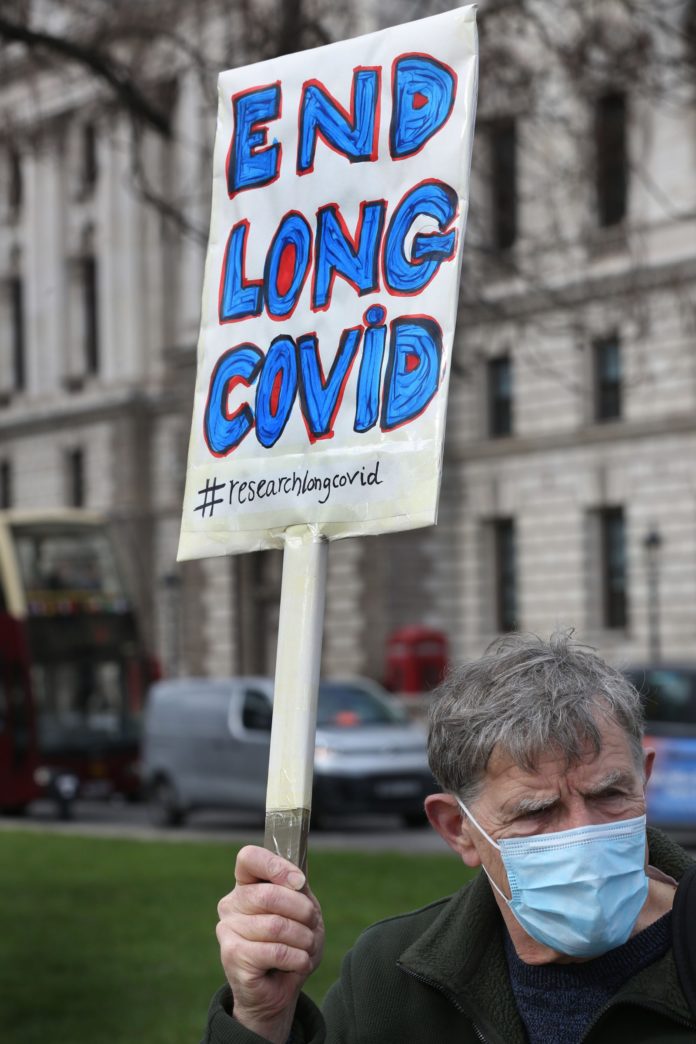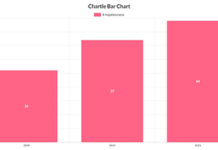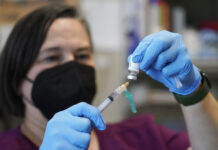For over two years, 27-year-old Edi Whitehead hasn’t been able to stand for more than a few minutes without feeling like they are going to pass out. Since contracting COVID-19 in 2020, they have experienced torturous headaches and difficulty breathing, but these acute aspects of the illness have since waned and evolved into a cluster of disabling symptoms, including debilitating fatigue and cognitive dysfunction. Whitehead, who is trans, is one of an estimated 2 million people in the U.K. living with long COVID, or long-term, ongoing health problems as a result of being infected with COVID-19.
Long COVID is hard to diagnose, partly because it encompasses a broad constellation of possible health problems; it can manifest as cognitive impairment, shortness of breath, heart palpitations, and some 200 other symptoms. These post-COVID conditions can affect multiple organ systems, last for years, and have shown themselves to be alarmingly common; the latest U.S. Census Bureau Household Pulse survey estimates that nearly 18% of people who have contracted COVID-19 in America may be living with long COVID. Meanwhile, the U.S. Government Accountability Office has estimated that post-COVID health problems have left as many as 1 million American adults unable to work.
Who Gets Long COVID?
In addition to showing higher rates of long COVID in younger adult populations and women, the Census Bureau survey also revealed that trans and bisexual adults are much more likely to report having the disease. Compared to 5% of cisgender men and 9% of cisgender women, 12% of trans adults in the U.S. say they are currently experiencing long COVID symptoms. Meanwhile, 14% of bisexual adults in the U.S. are living with post-COVID conditions, compared to 7% of straight and 5% of gay or lesbian adults. Those rates mirror broader health disparities experienced by the trans and bisexual communities — and point to disconcerting ways our healthcare systems may be failing them.
In a world where transgender people are more likely to live with chronic illness in the first place, this may not seem so surprising. “Of course [trans people] have higher rates of long COVID,” says JD Davids, co-founder of the advocacy and policy group The Network for Long COVID Justice. “We have lower rates of being treated as humans. People who are denied access to health care, resources, or bodily safety are at higher risk of ill health outcomes, including this massive disabling event known as long COVID.” Davids has lived with long COVID since March 2021, and has also lived for decades with myalgic encephalomyelitis (ME), also known as chronic fatigue syndrome (CFS), a similarly debilitating condition.
SOPA Images/Getty Images
Long COVID’s effects can be arduous. Whitehead, who once enjoyed playing soccer with friends, is now physically disabled and uses a mobility scooter. “I spent two years trying to manage my life to the point where I can do part time work and feel some semblance of the lives that my friends are living,” Whitehead says. Like many of those with long COVID, Whitehead worries that reinfection could worsen their symptoms or outcomes. Repeated COVID infections may put individuals at a greater risk of developing long COVID, and with LGBTQ+ people at a greater risk of COVID infection in general, that leaves queer and trans communities at a heightened risk for the disease. “A society that continually puts trans and bisexual people in harm’s way is going to be rolling those dice more and more often,” Davids adds.
There is nothing inherent about being queer or trans that predisposes people to chronic illness, including long COVID. Yet the interlocking network of structural healthcare disparities that queer and trans people face — such as lower access to doctors or stigma regarding their gender or sexuality — could partly explain the higher rates, alongside other LGBTQ+ health disparities faced by the community.
A Heavier Long COVID Burden for Bi and Trans People
Those health disparities may also explain why bisexual and trans people experience long COVID at higher rates than lesbians or gay men. Because of the heightened stress and stigma associated with bisexuality, bisexual people experience worse health outcomes overall than gay or lesbian people. The same goes for trans people, who often experience outright discrimination and stigma from health care providers. These inequalities can create fertile ground for chronic illness and disability, two factors that can put someone at risk for developing long COVID.
Another reason queer, trans, and bisexual adults might be overrepresented among people with long COVID is that they’re more likely to recognize what long COVID is in the first place. That’s because queer people are used to responding to health emergencies like the HIV/AIDS epidemic, which created a network of advocates who used their experience responding to that crisis in the wake of COVID-19, including by disseminating knowledge about acute and chronic COVID infection. “We only make our efforts to challenge the AIDS crisis stronger by mobilizing to confront COVID-19 inequities at the same time,” Asia Russel, the executive director of Health Global Access Project and a former organizer of ACT UP Philadelphia, told In These Times last summer. Such efforts coalesced in projects like New York City’s COVID-19 Working Group, which brought together several prominent local AIDS organizations and worked to ensure a robust, community-oriented response to the coronavirus pandemic.








